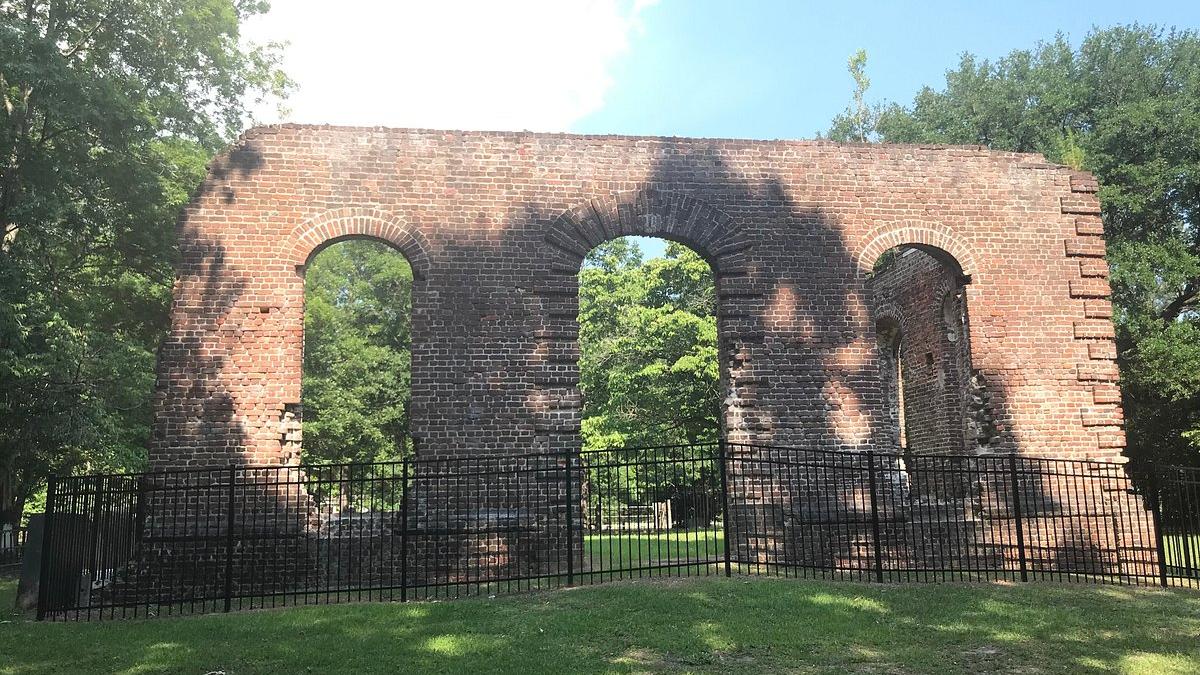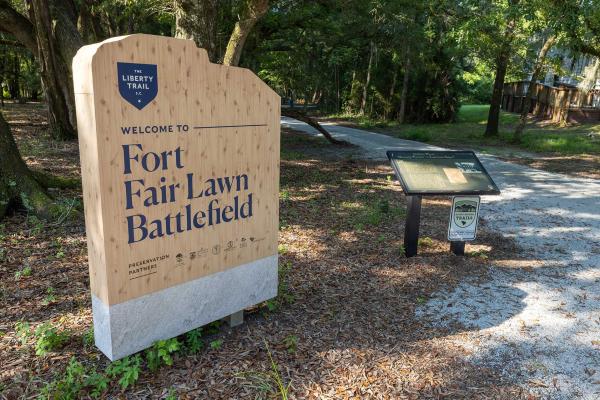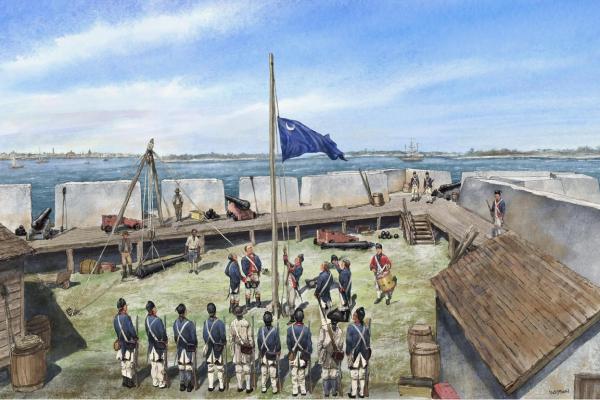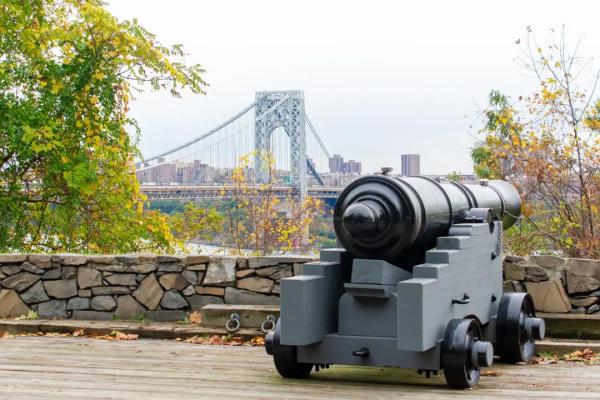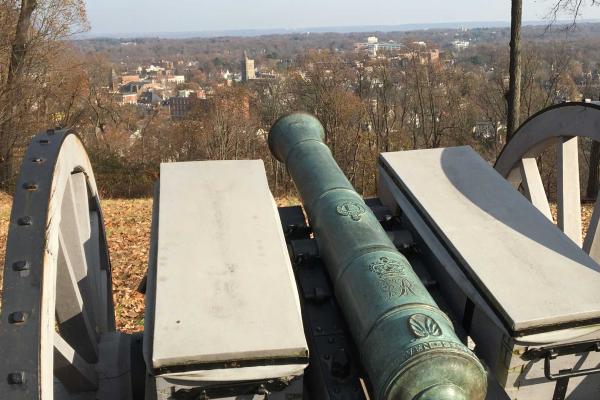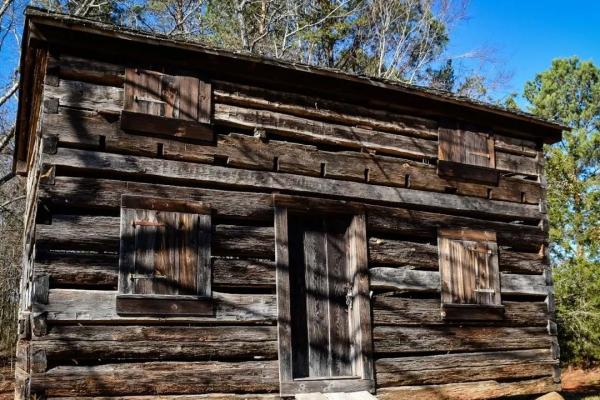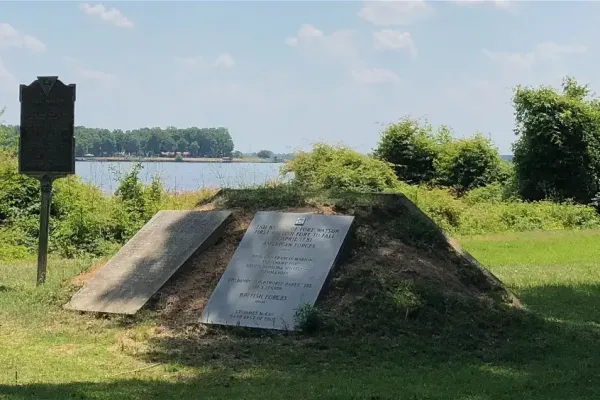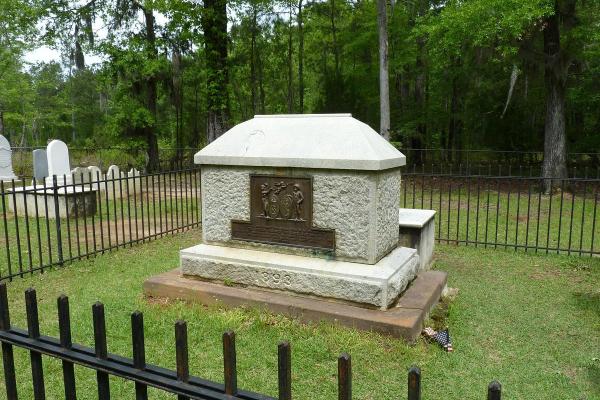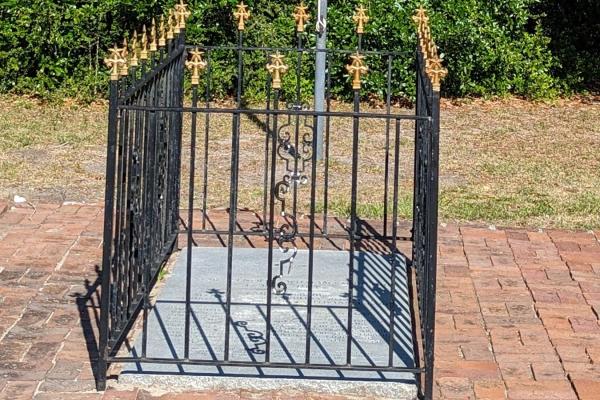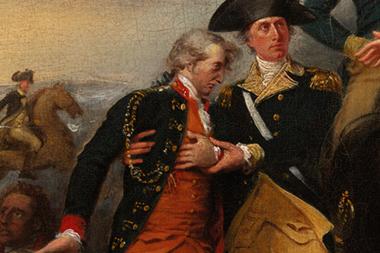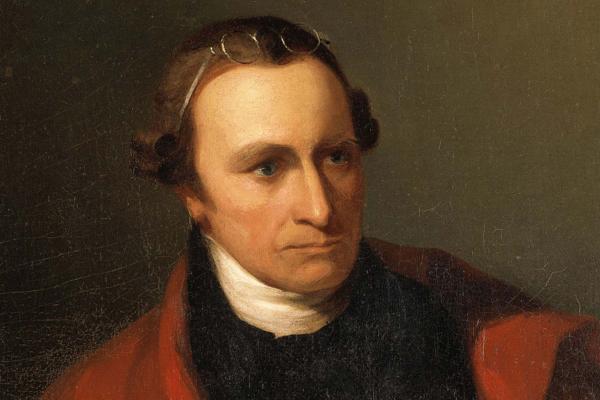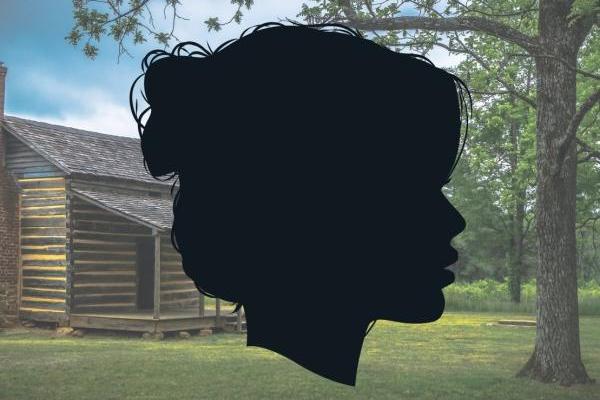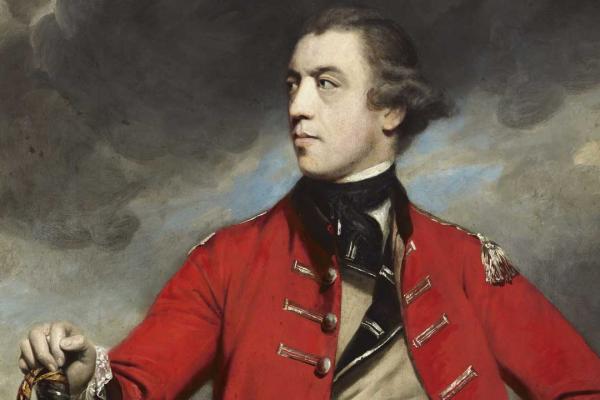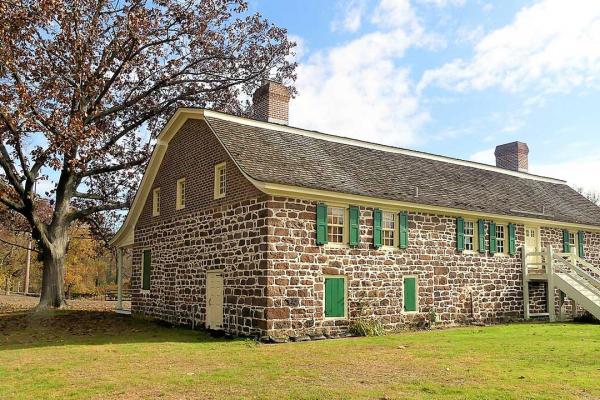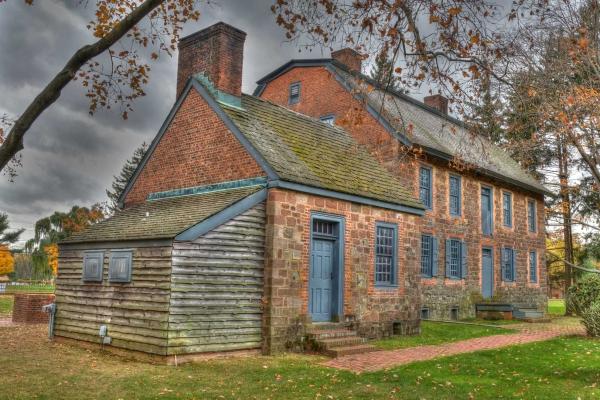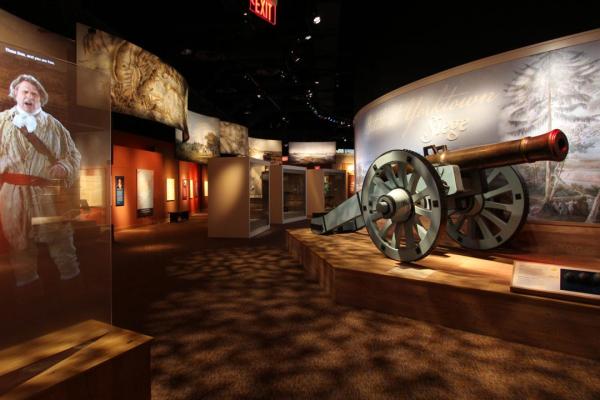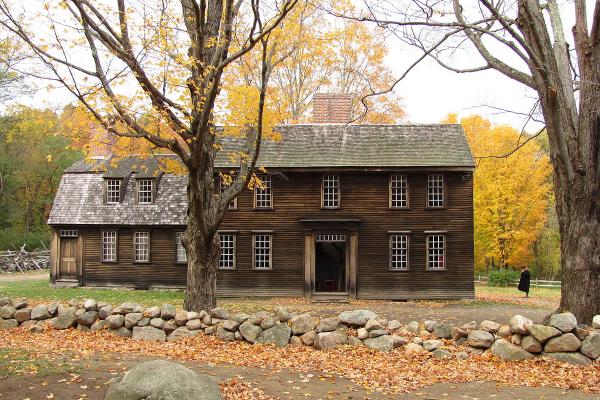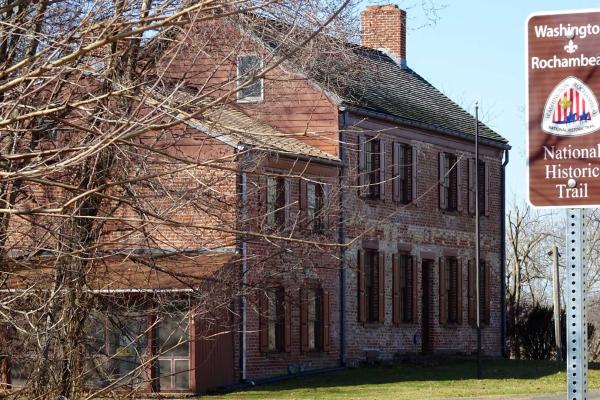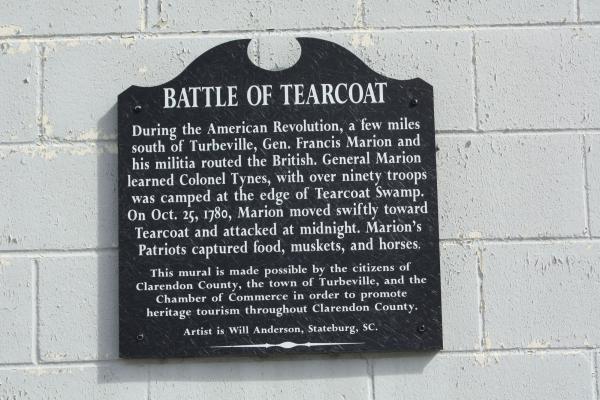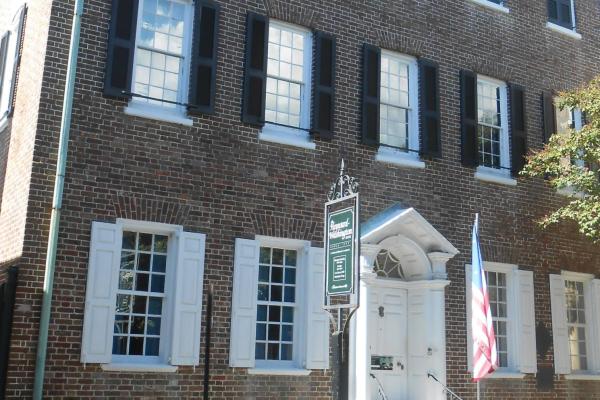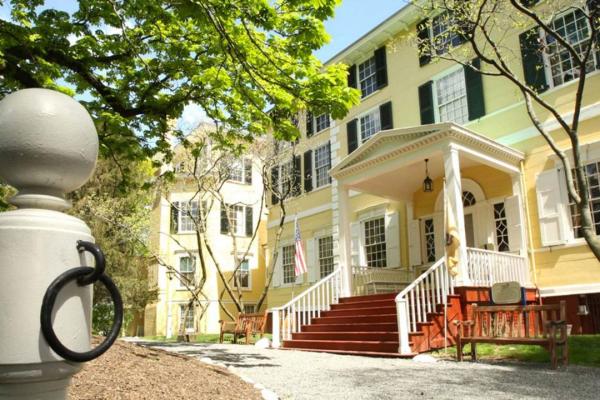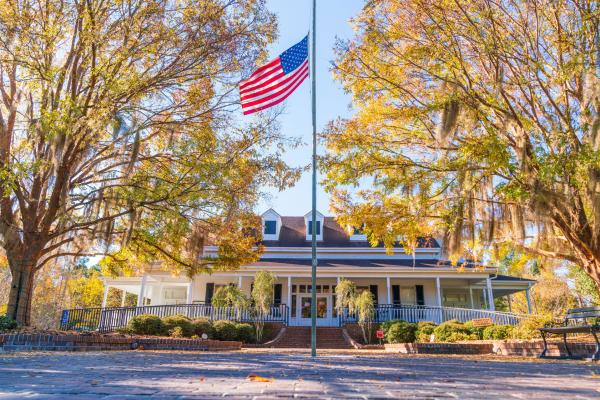Fort Fair Lawn was a British outpost in 1780–1781 and was the target of a daring Patriot raid on November 17, 1781, and abandoned by the British a...
One of the many forts that dotted the landscape around Charleston, Patriots seized this fortification and raised the Moultrie flag, which bears...
Located along the banks of the Hudson, outnumbered Patriot forces quickly evacuated this site on November 20, 1776, as the British army advanced on...
Fort Nonsense if one of four sites that compose Morristown National Historical Park. Atop a hill, it functioned as a defensive observation post for...
A station constructed during high tensions with the Cherokee, this fortification was utilized by Loyalists until July of 1780.
After an eight-day siege, this strategic outpost fell to the Americans, who used an ingenious structure called Maham’s Tower to fire down into the...
The Francis Marion is a forest literally steeped in history. Marion, dubbed the “Swamp Fox” by the British troops whose supply lines he disrupted with...
Francis Marion was a skilled military leader during the American Revolutionary War, known for his guerilla tactics and strategic maneuvers in the...
William Moultrie died in 1805 and was buried in the family cemetery. In 1977, his remains were moved to Sullivan's Island within Fort Moultrie.
Liberty Trail History Makers
The Revolutionary War was a war unlike any other — one of ideas and ideals, that shaped “the course of human events. Explore the history and personalities from this pivotal time in American history.Johann Gottlieb Rall, a veteran German officer, commanded the Hessian garrison at Trenton despite concerns about its vulnerability. On December 26, 1776, Washington's surprise attack led to Rall’s mortal wounding and the capture of his troops.
Responsible for coining "Give me liberty or give me death!" Patrick Henry stood as one of the staunchest defenders of American independence in Virginia.
Katy Barry, born Margaret Catherine Moore, played a crucial role as a messenger and spy for the American troops, earning her the title "Heroine of the Battle of Cowpens," and her legacy is preserved at Walnut Grove Manor in South Carolina.
A gambler, playwright, and general, Burgoyne saw action in the early years of the American Revolution. A witness of the Battle of Bunker Hill, Burgoyne would face the biggest stain on his reputation from his surrender at Saratoga in October of 1777.
